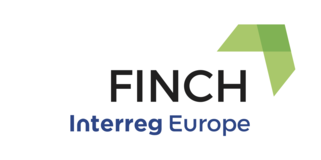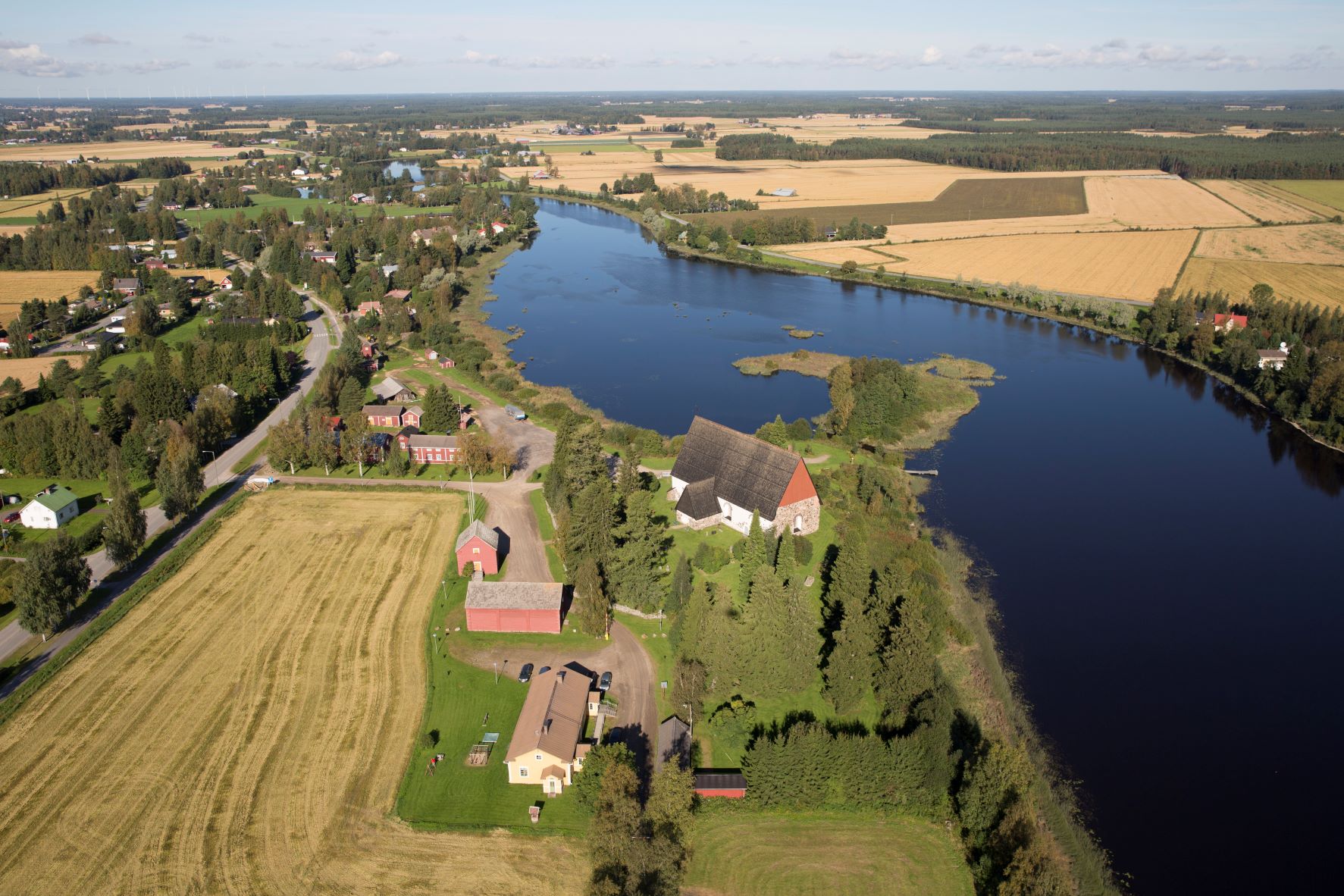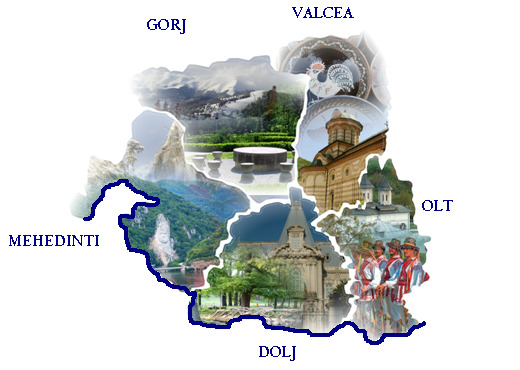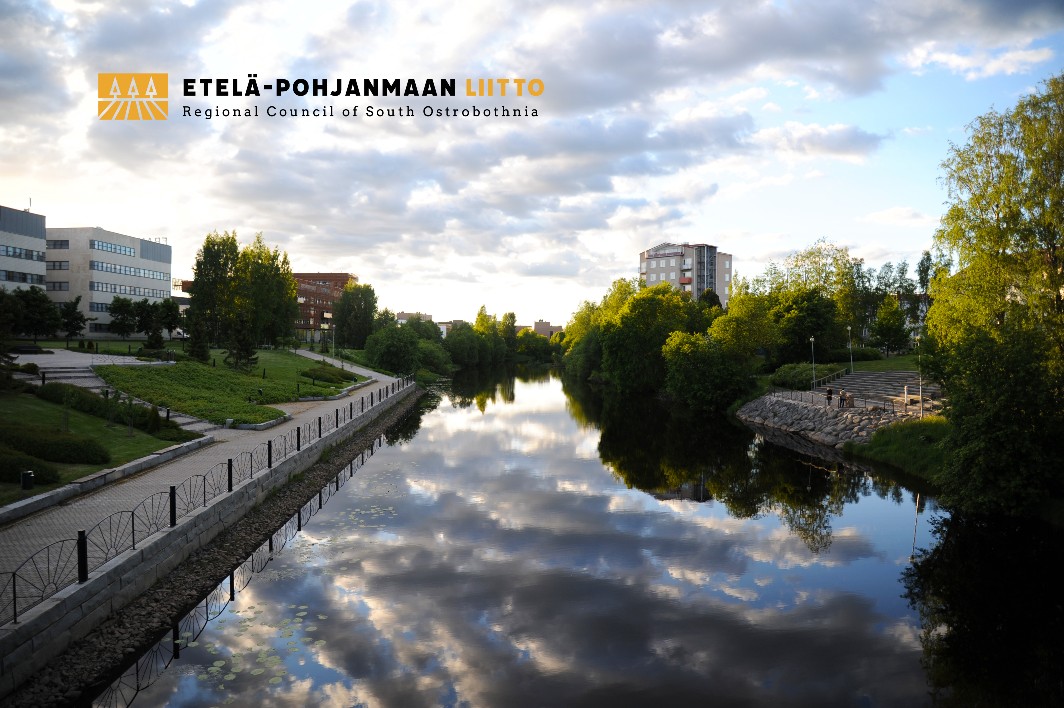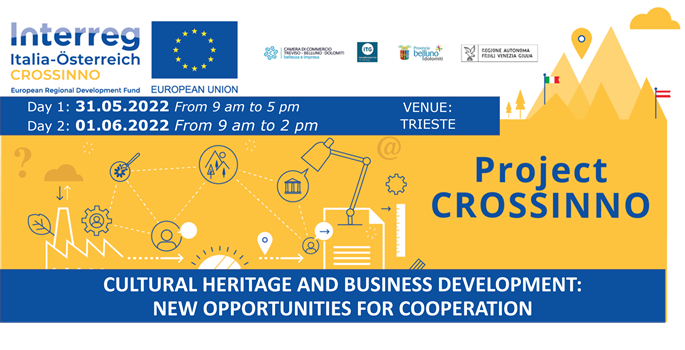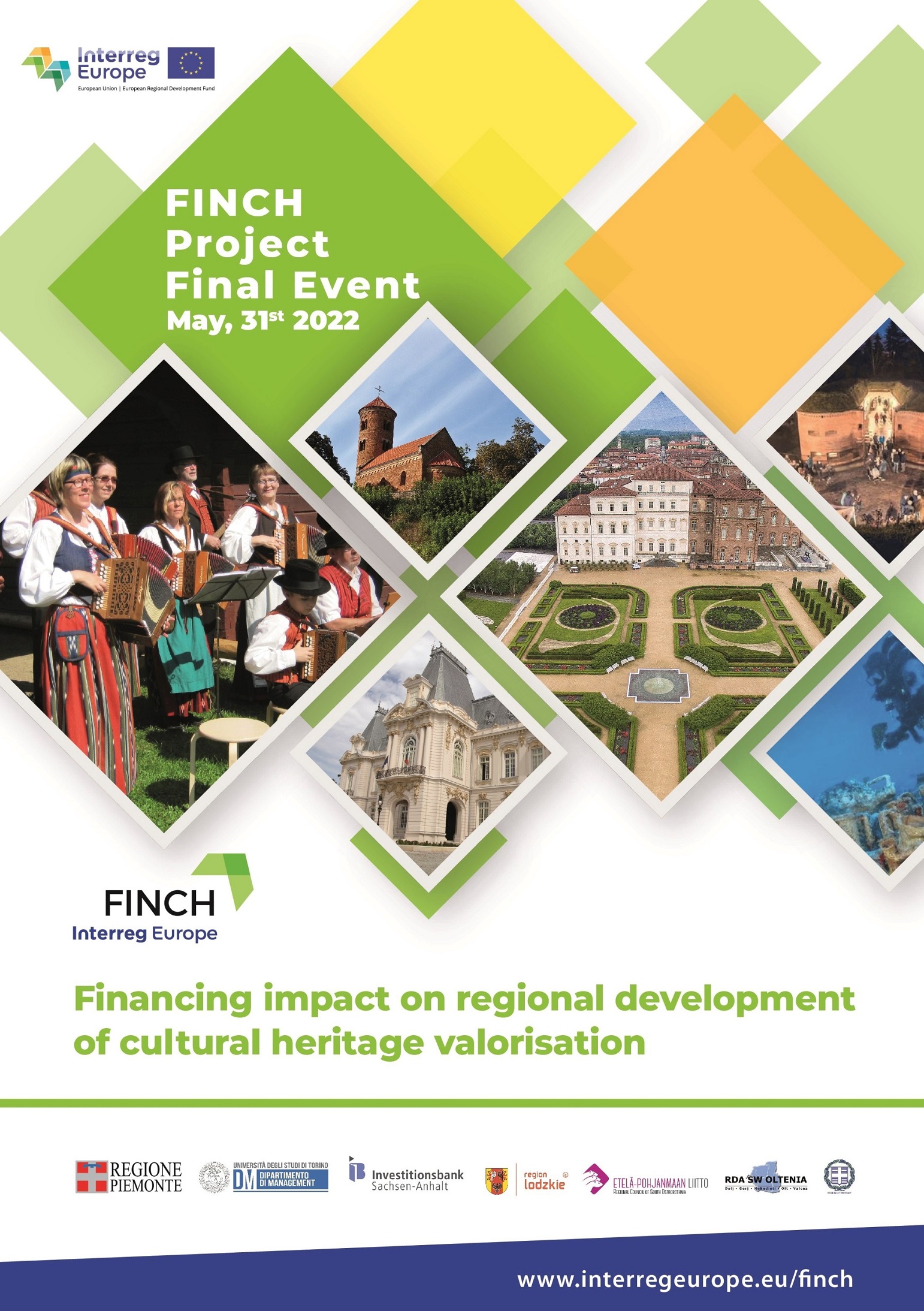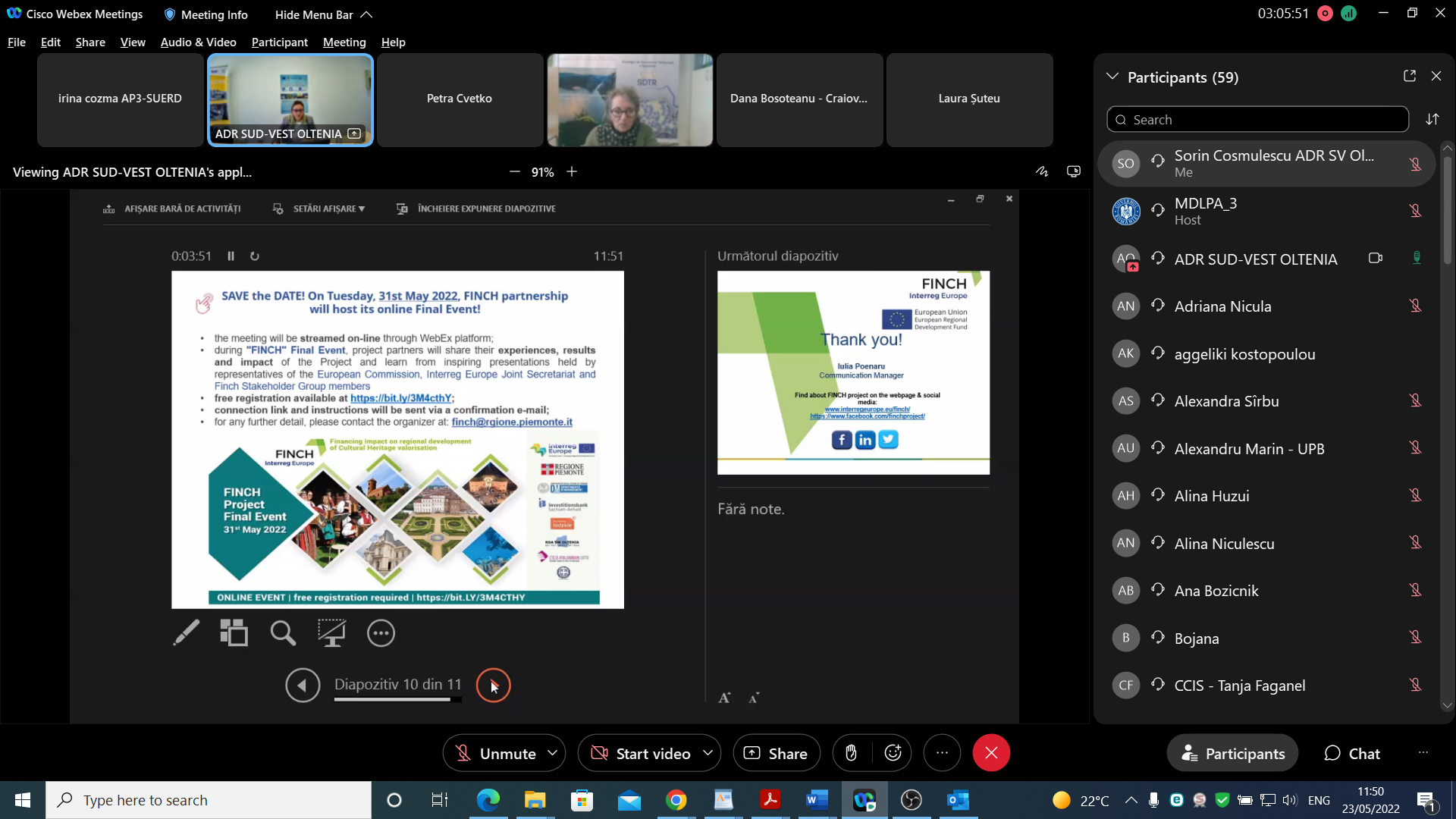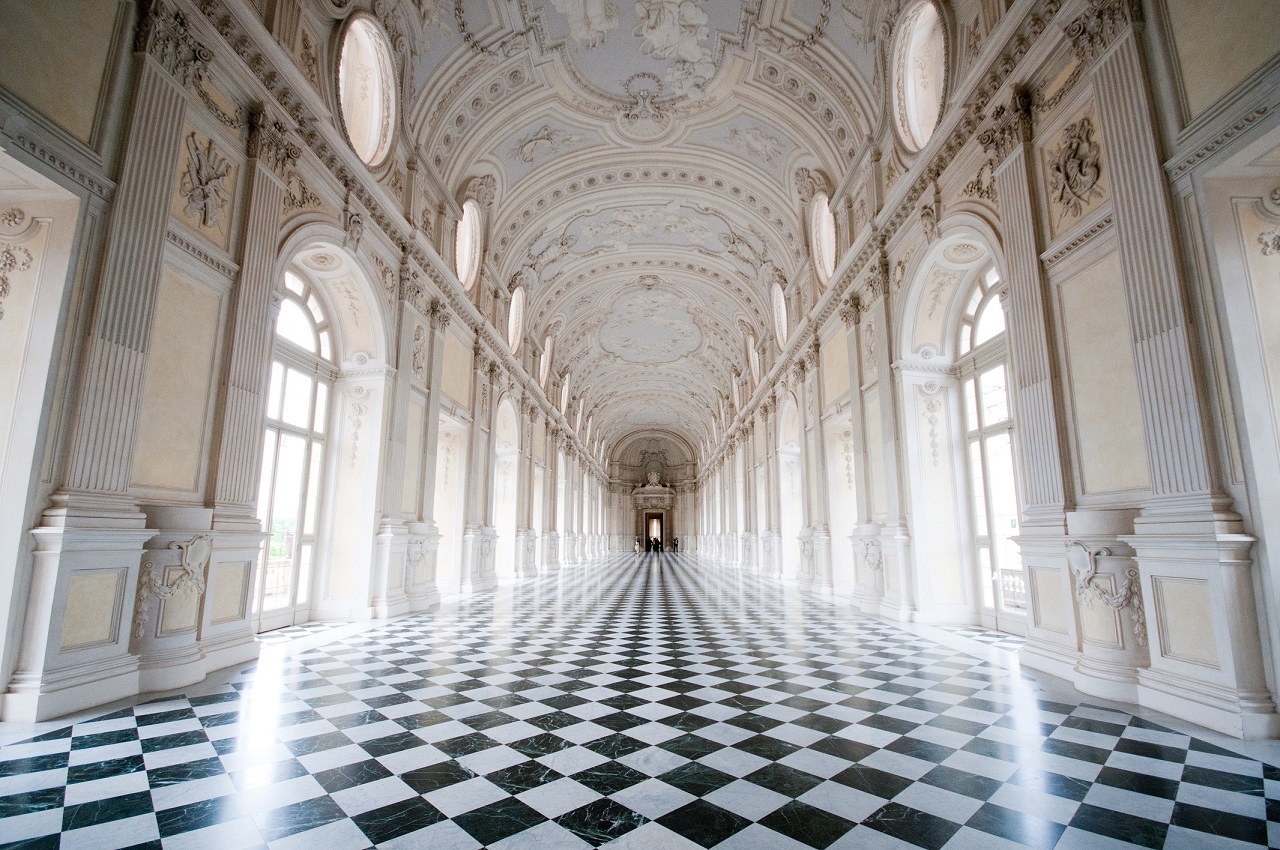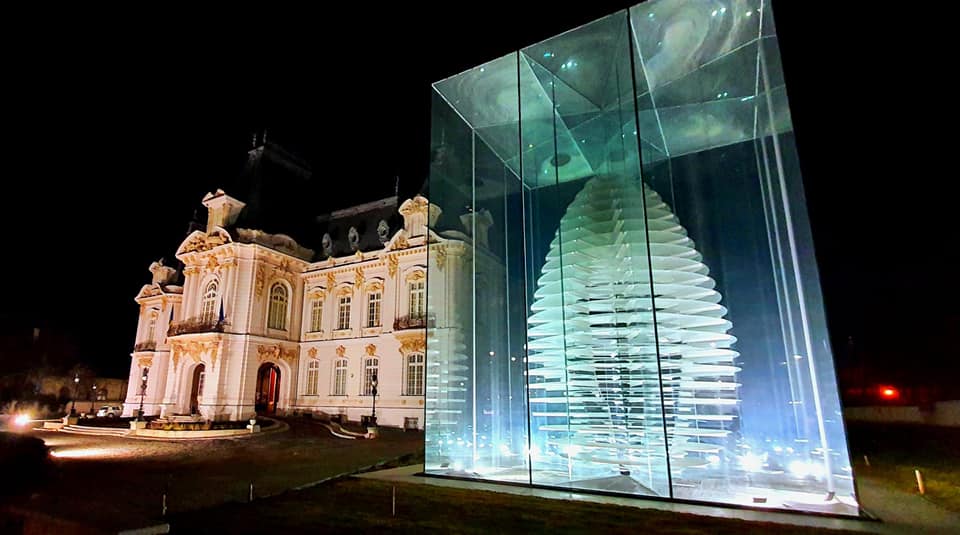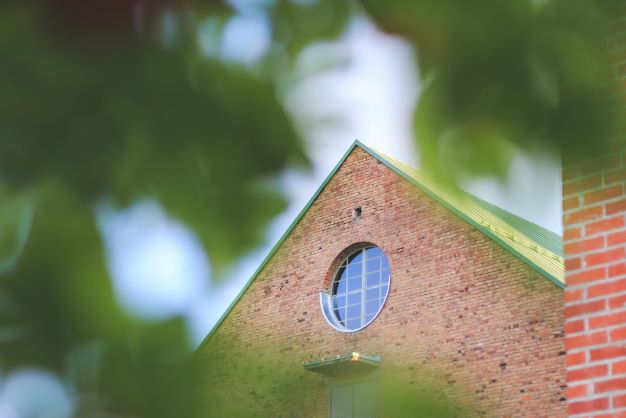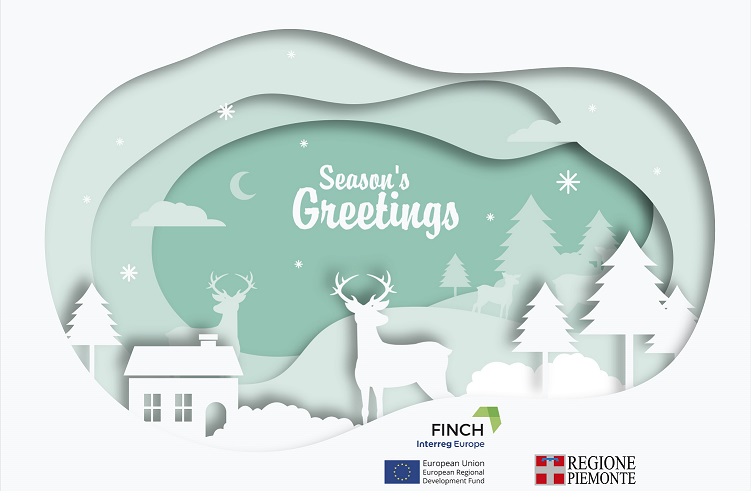Now that FINCH project is drawing to its close, it is time to glance back a bit – but also to the future, as its results will carry on. In South Ostrobothnia, Finland, we are proud of our versatile Cultural Heritage (hereinafter CE), but despite of that it is a continuous challenge to support, maintain and revive our heritage, whether it is log-structure farmhouses or Alvar Aalto designed architecture or music, art, cuisine or landscapes. Financing is one of the key parts of this challenge and FINCH has provided us new ways of thinking and even tools to tackle it.
The Policy Change.
The Policy Instrument to be improved, was the South Ostrobothnia Cultural Strategy. It was updated in the time when FINCH was launched, and by the influence of the project, its activities and discussions, CH has now more explicit emphasis in the strategy than previously with regard e.g. heritage management, financing and valorisation. As our Cultural Strategy is not a financial instrument, it is difficult to estimate how directly FINCH has influenced the present development work, but CH has been emphasized in it. Here are a couple of examples:
1. In spring 2021 a special call for grants was organized by the Regional Council to support cultural actors of the region, whose work had directly been influenced by COVID-19. Out of 82 applications submitted, in 24 of them (29,23 % of the total) cultural heritage was included or connected to the main theme of the application. Those 24 could be classified in three categories: protecting the CH, conveying or transferring it to the next generations and making it more accessible with the new technologies. 6 of the 24 CH related applications were approved.
2. In spring 2022 the Cultural Fund of South Ostrobothnia funded 93 applications in total and of them 14 were related to CH.
3. Rural Development Fund approved in the summer 2022 the application of the Seinäjoki City Museums with the title “Cultural Heritage of the Future”. Its objective is “to promote the identification and recognition of the CH of southern Ostrobothnia and the discovery of new content related to it.”
4. An important initiative was launched in 2021 when "The Cultural Map of South Ostrobothnia" was published by the Regional Council. The initiative implements the regional development task, and it is linked to the new law on cultural activities in municipalities. The Cultural Map highlights the CH sites, it is updated each year and it presents 'cultural gems from the municipalities'. Now the map contains a total of 49 museums and 17 monuments. The platform to compile the information was created, as it was recognised how scattered the information on CH is in our province. The map has been actively promoted on social media and has been praised by both users and destinations. During the project Isokyrö municipality joined our region, and its unique cultural history aspects have been analysed by the cultural experts of the Regional Council as a part of implementing the Cultural Strategy.
The Regional Action Plan.
There are 2 actions in our Regional Action Plan (hereinafter RAP) that have been monitored. The1st has already been described in the above paragraphs. The 2nd action was to write “Online Guide for Regional Actors on Cultural Heritage and Funding.” The Guide “Financial Guide to Support a Vibrant Cultural Heritage” was co-produced with the stakeholders as described in the RAP. The guide was published in fall 2021and disseminated in the regional Culture Newsletter to almost 400 receivers and Finnish Local Heritage Federation promoted the Guide in the magazine Kotiseutuposti with a distribution of up to 1400 readers in print, in the e-Magazine version with potential reach of at least 6000 readers and also via social media with about 5000 followers.
It is easy to conclude, that FINCH project has influenced the cultural policy of our region, made us more aware of our cultural heritage and think about the ways we can protect, revitalise and valorise it. The discussions with our stakeholders analysing the Good Practices of our partner regions have contributed in creating new knowledge and individual ways of thinking dribbling down to the everyday cultural work. They have also given us transferable tools applied in the “Financial Guide” to our local circumstances.
Photo credits: Röni-Kuva Oy/ Isonkyrön kunta
